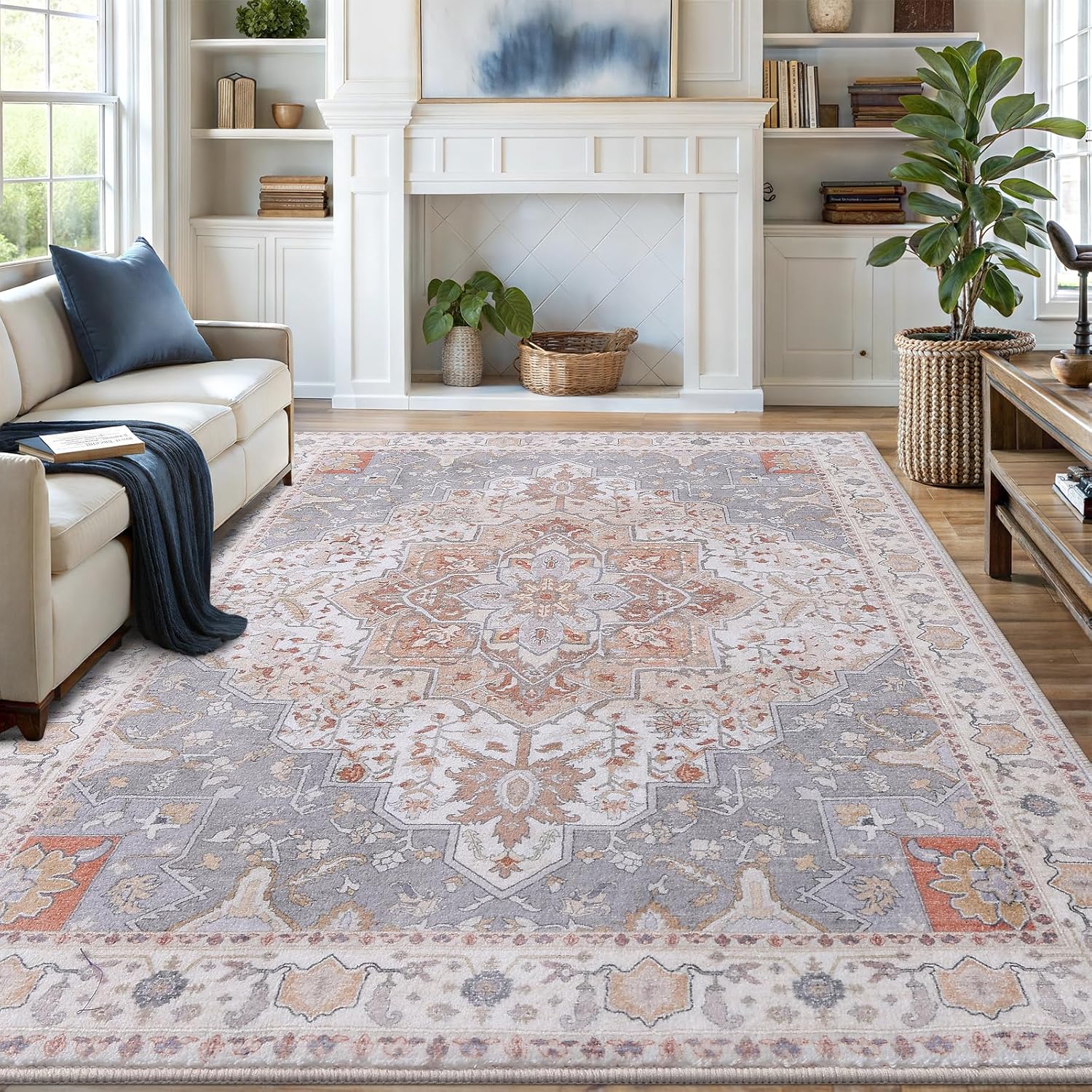To reduce toxins in household cleaning, use natural alternatives like vinegar, baking soda, and essential oils instead of chemical-laden products.
Many common cleaning products contain harmful chemicals that can impact your health. Learn how to create a safer home with these toxin-reducing strategies.

Why Reduce Toxins in Cleaning Products?
Traditional cleaning supplies often contain volatile organic compounds (VOCs), phthalates, and other chemicals linked to respiratory issues, hormone disruption, and even cancer. The American Lung Association warns that these substances can cause chronic breathing problems and allergic reactions.
Health Risks of Common Cleaners
- Ammonia: Irritates lungs and eyes
- Chlorine bleach: Can burn skin and lungs
- Synthetic fragrances: May trigger asthma attacks
- Triclosan: Linked to antibiotic resistance

10 Effective Ways to Reduce Toxins
1. Switch to Natural Alternatives
Basic ingredients like vinegar, baking soda, and lemon juice can handle most cleaning tasks. For example:
- Mix 1 part vinegar with 1 part water for glass cleaner
- Use baking soda as a gentle scrub for sinks and tubs
- Combine lemon juice with olive oil for wood polish
2. Choose Certified Green Products
Look for products with EPA Safer Choice certification or EWG Verified marks. These have been screened for harmful ingredients. For specific recommendations, see our guide to the best organic cleaning products.
3. Make Your Own Cleaners
Simple DIY recipes eliminate unknown chemicals. Try this all-purpose cleaner:
| Ingredient | Amount | Purpose |
|---|---|---|
| White vinegar | 1 cup | Disinfectant |
| Water | 1 cup | Diluent |
| Lemon essential oil | 10 drops | Fragrance & antibacterial |
4. Improve Ventilation
Always open windows when cleaning. The CDC recommends increasing airflow to reduce chemical concentrations indoors by 50-75%.
5. Ditch Aerosol Sprays
Spray products create fine particles that are easily inhaled. Opt for pump sprays or cleaning cloths instead.
6. Use Microfiber Cloths
These can clean effectively with just water, reducing chemical use. Studies show they remove 99% of bacteria from surfaces.
7. Avoid Antibacterial Products
Regular soap and water works just as well for most cleaning. The FDA has banned many antibacterial chemicals like triclosan due to health risks.
8. Choose Fragrance-Free
“Fragrance” on labels can hide dozens of chemicals. For a fresh scent, add essential oils to homemade cleaners instead.
9. Upgrade Your Tools
Quality tools like the best steam mop for tile floors can clean deeply without chemicals. Steam reaches 212°F, killing most germs.
10. Dispose of Old Products Safely
Check with your local waste authority for hazardous household waste collection days. Never pour cleaners down drains.
High-Risk Areas to Focus On
Kitchen Cleaners
Many conventional degreasers contain harsh solvents. For a safer option, try our recommended grease remover for kitchen cabinets.
Bathroom Products
Toilet bowl cleaners often contain hydrochloric acid. Instead, use baking soda and vinegar weekly, with occasional oxygen bleach for stains.

Vanmoos 6×9 Machine-Washable Area Rug — Artistic Flair / Beige
Low-pile, non-slip rug that minimizes pet hair collection and makes quick cleanup part of your routine.
Affiliate link — may earn a commission at no extra cost to you.
Laundry Supplies
Dryer sheets coat clothes in chemical residues. Wool dryer balls work just as well without toxins.
Special Considerations
For Homes with Children
Kids are more vulnerable to chemical exposures. The EPA recommends:
- Store all cleaners locked up
- Use child-safe packaging
- Choose plant-based formulas
For People with Asthma
Avoid spray cleaners and products with chlorine bleach. The Asthma and Allergy Foundation suggests using HEPA vacuums and damp dusting instead of chemical dust sprays.
Long-Term Strategies
Gradually replace conventional products as you use them up. Focus first on items used frequently or in poorly ventilated areas. Over time, you’ll create a healthier home environment with significantly reduced toxic exposures.
